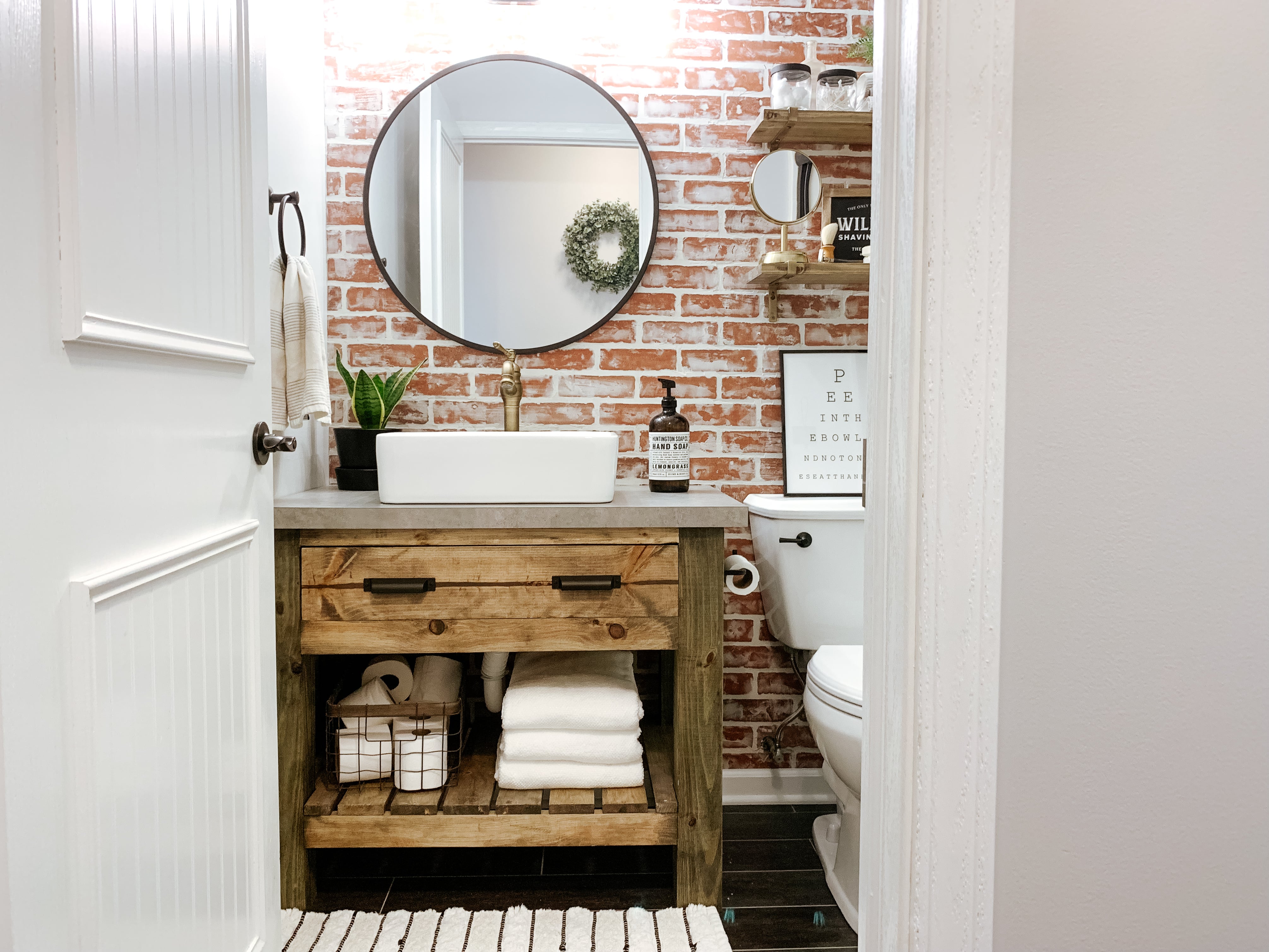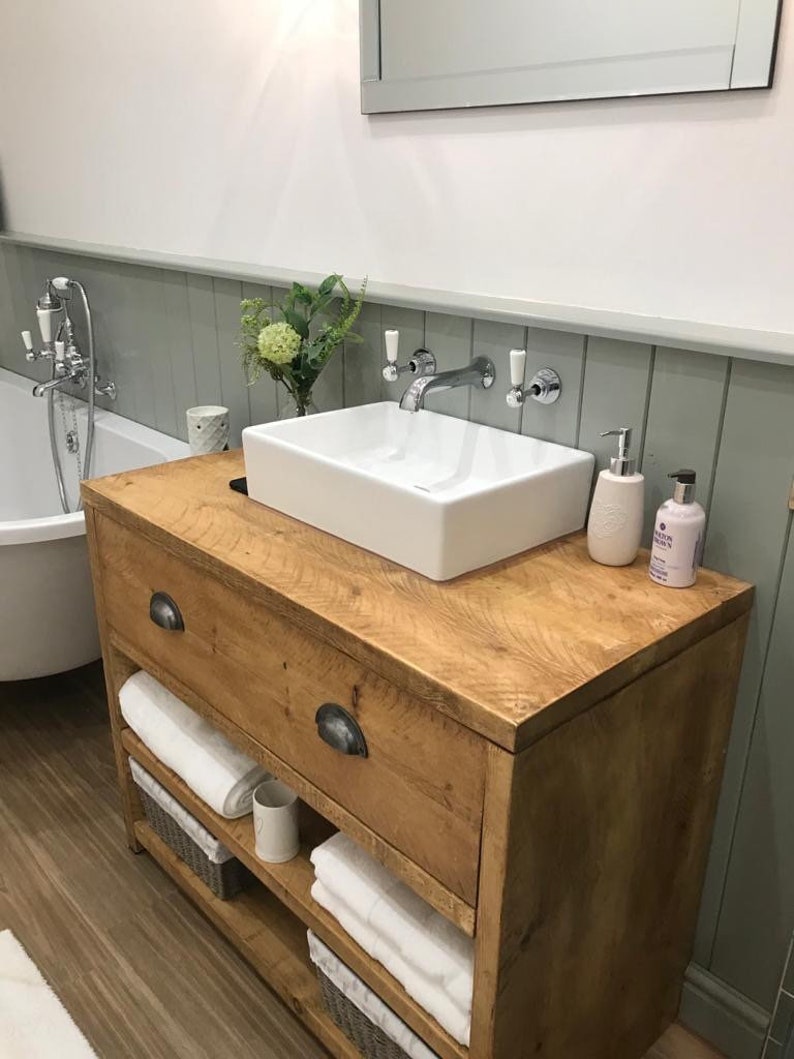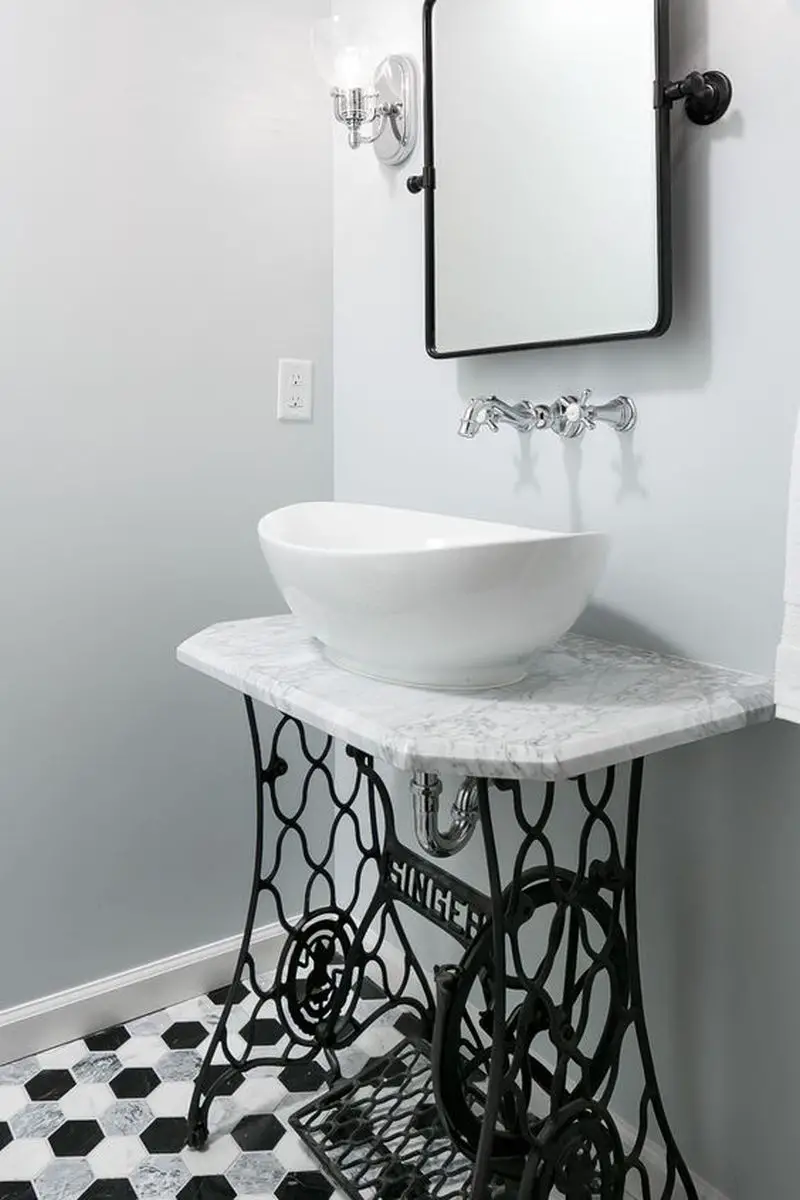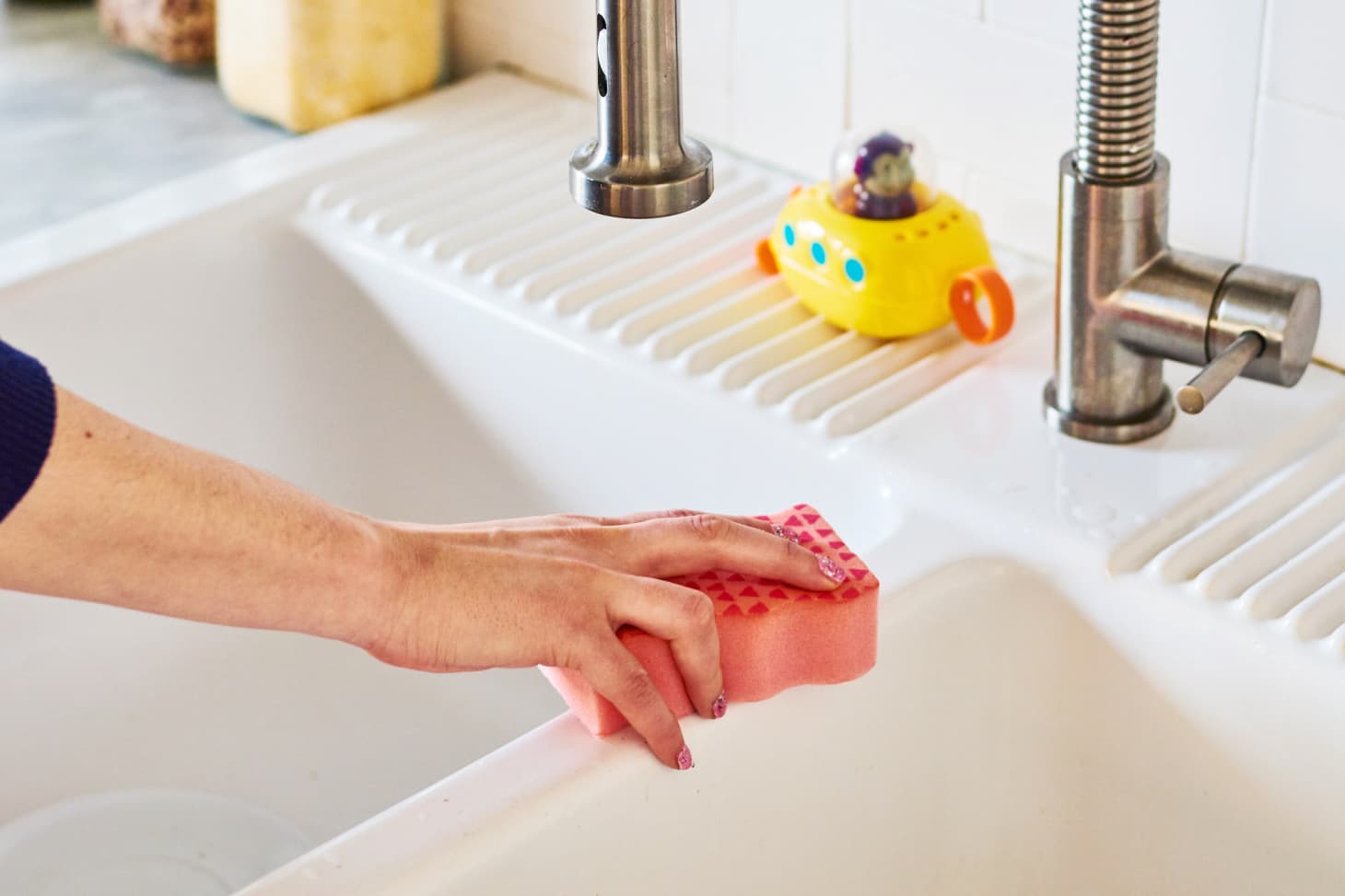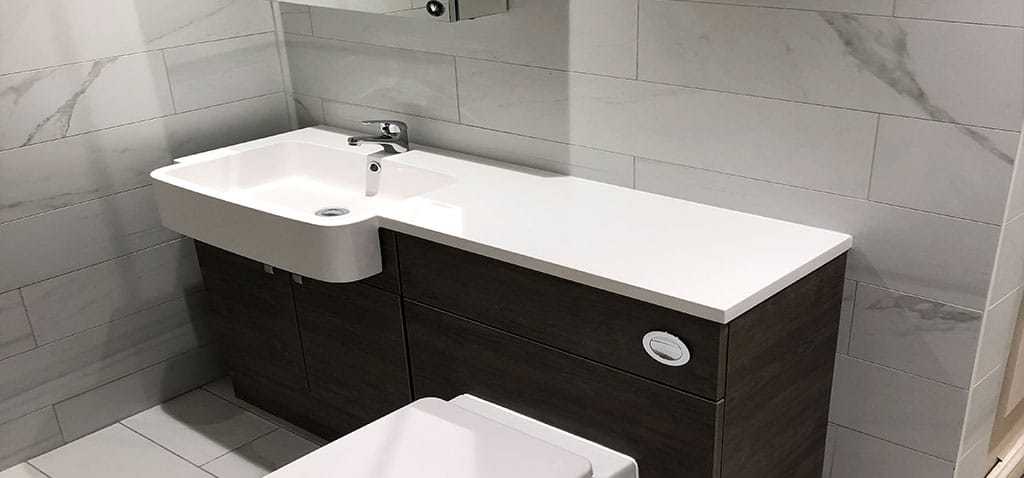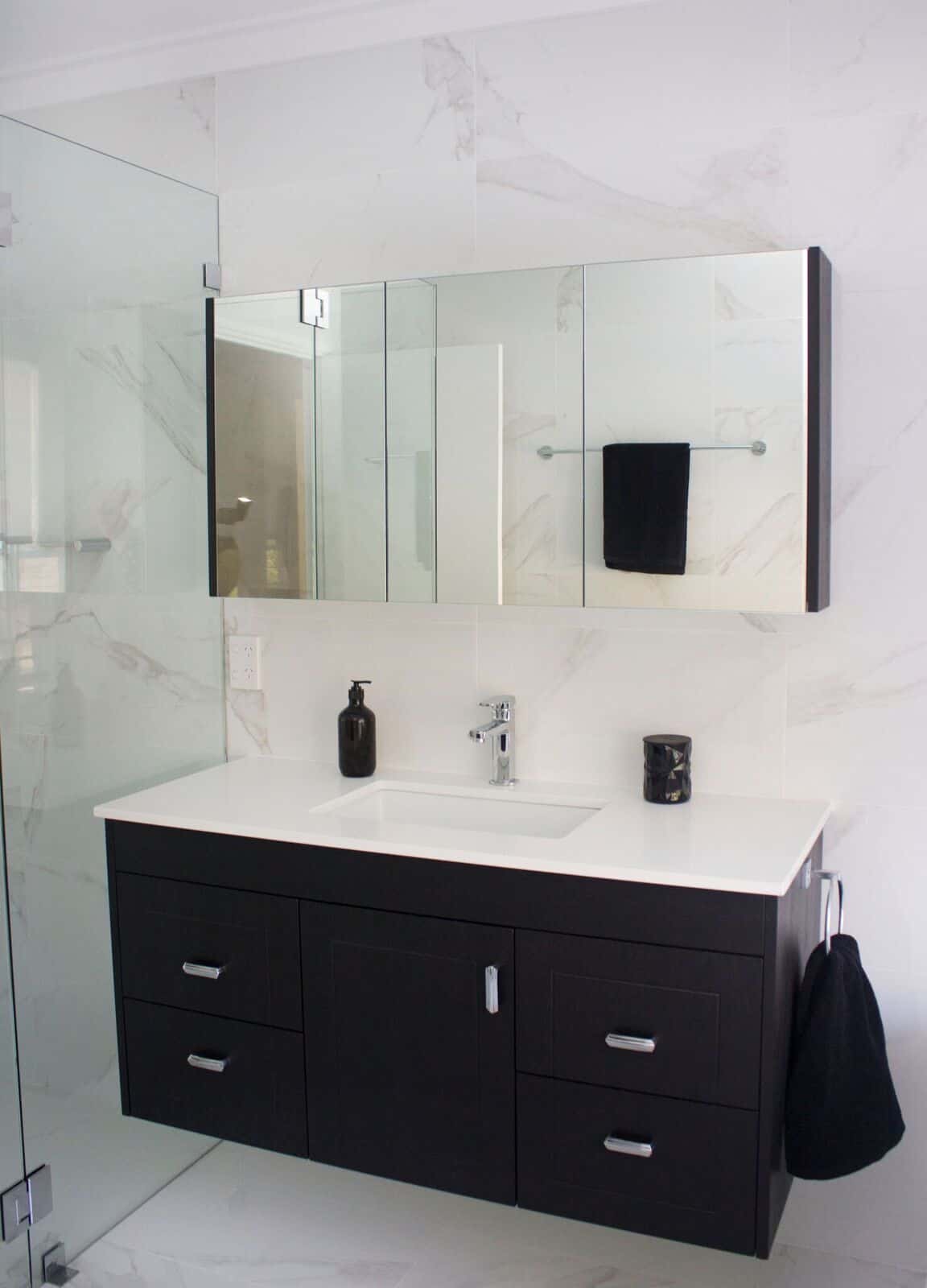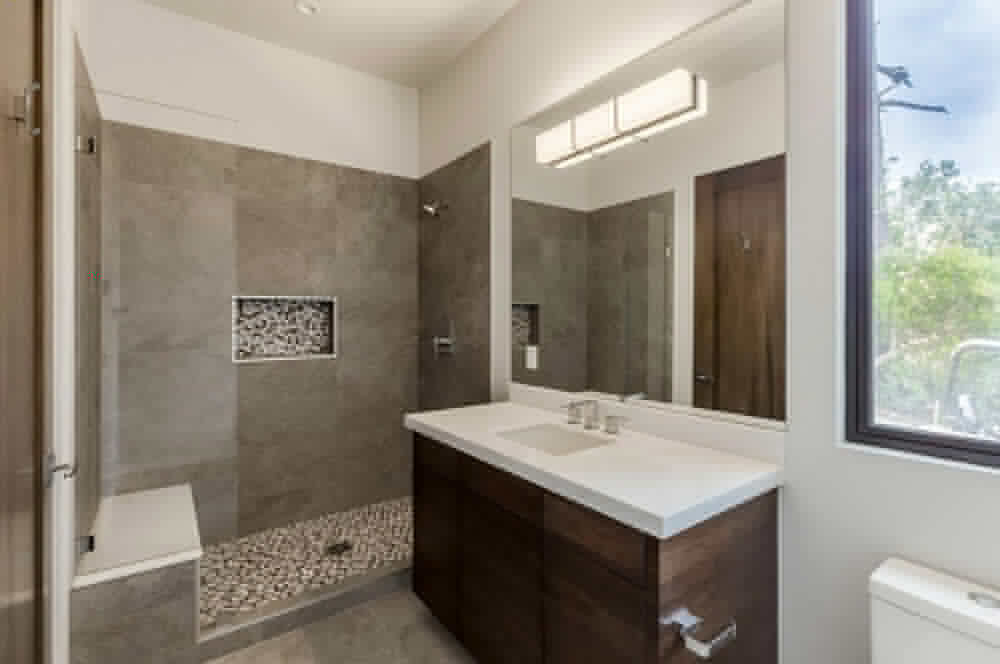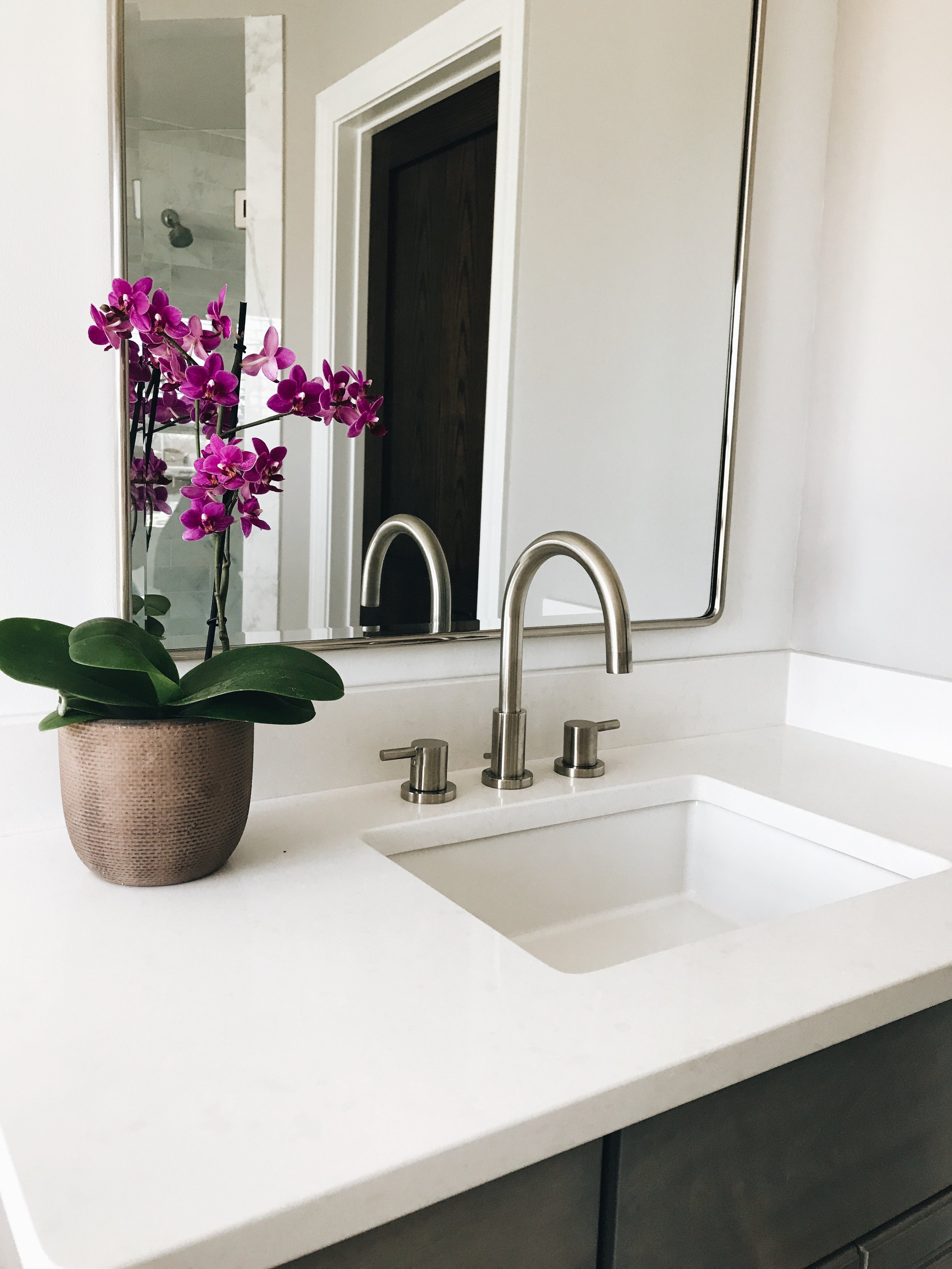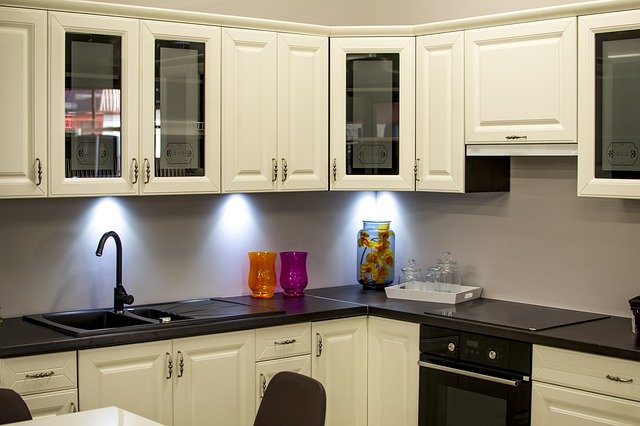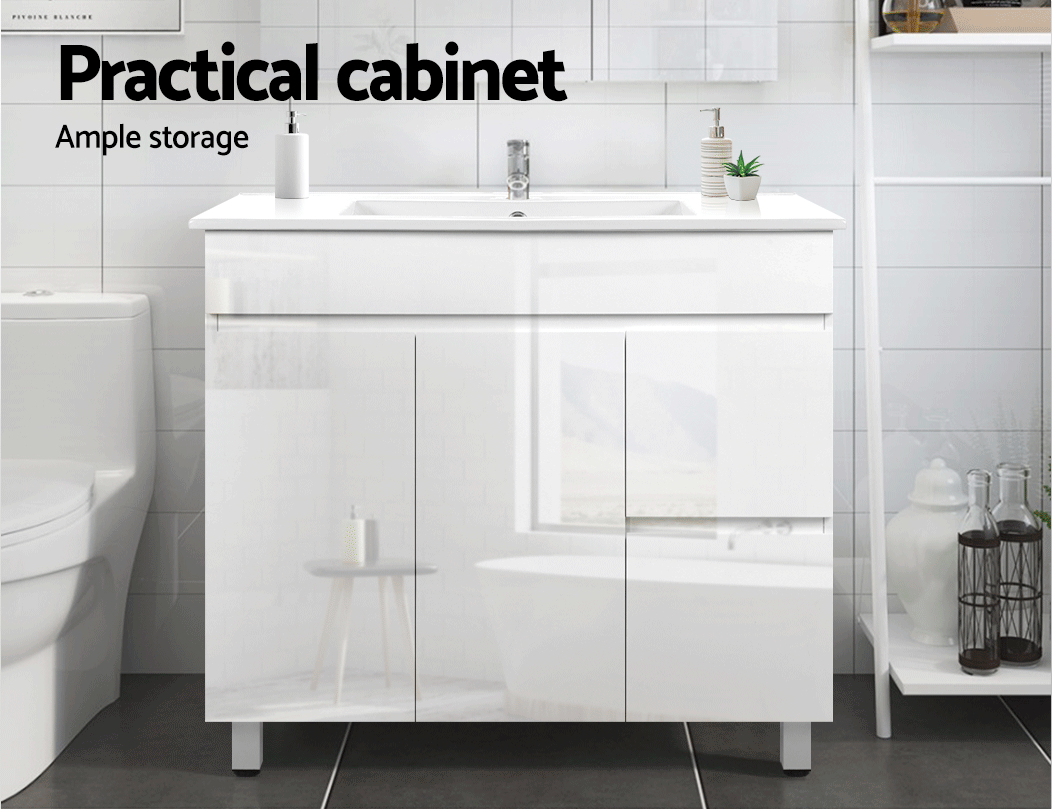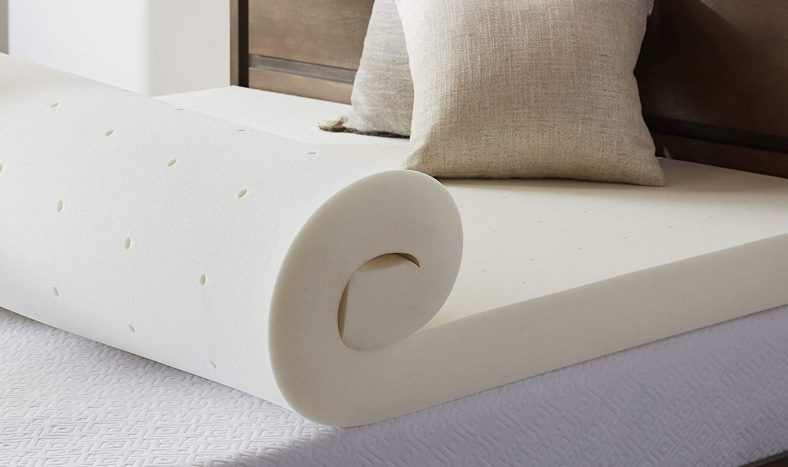Installing a vanity unit in your bathroom can completely transform the look and functionality of the space. It not only provides much-needed storage, but also adds a touch of elegance and style to your bathroom. If you're planning a bathroom renovation, fitting a vanity unit should definitely be on your list. But how do you go about it? Here's a step-by-step guide to help you through the process.How to Install a Vanity Unit in Your Bathroom
Before you begin, make sure you have all the necessary tools and materials. These may include a drill, screws, screwdriver, level, measuring tape, and a silicone gun. Once you have everything you need, follow these steps: Step 1: Measure and Plan Measure the area where you want to install the vanity unit and make note of the dimensions. This will help you choose the right size unit and also determine the placement. Consider the plumbing and ensure there is enough space for the pipes to fit behind the unit. Use a level to mark where the unit will be installed. Step 2: Remove Old Vanity (if applicable) If you're replacing an old vanity unit, remove it carefully without damaging the walls or plumbing. Turn off the water supply and disconnect the pipes before removing the unit. Step 3: Install the Vanity Unit Place the unit in the designated area and make sure it is level. Use a drill to secure it to the wall with screws. You can also use adhesive or brackets for additional support. Connect the plumbing to the unit and turn on the water supply to test for any leaks. Step 4: Install the Sink Most vanity units come with a sink included, but if yours doesn't, you will need to install it separately. Follow the manufacturer's instructions to properly install the sink onto the vanity unit. Step 5: Add Finishing Touches Once the unit and sink are securely in place, add any finishing touches such as handles or knobs. Use a silicone gun to seal any gaps between the unit and the wall to prevent water damage.Step-by-Step Guide for Fitting a Vanity Unit in Your Bathroom
Now that you know how to install a vanity unit in your bathroom, you may be wondering if it's a project you can tackle on your own or if you should hire a professional. The answer depends on your level of experience and comfort with DIY projects. If you're confident in your abilities and have the necessary tools, fitting a vanity unit can be a fun and rewarding DIY project. However, if you're unsure or don't have the time, it's best to hire a professional to ensure the job is done correctly.DIY Bathroom Renovation: Installing a Vanity Unit
As mentioned earlier, there are a few tools and materials that are necessary for fitting a vanity unit in your bathroom. These include: - Drill - Screws - Screwdriver - Level - Measuring tape - Silicone gun In addition to these, you may also need adhesive or brackets for added support, depending on the type of vanity unit you choose.Essential Tools and Materials for Fitting a Vanity Unit in Your Bathroom
When it comes to selecting a vanity unit, there are a few things to keep in mind to ensure you choose the right one for your bathroom: - Size: Make sure to measure your bathroom before selecting a vanity unit to ensure it will fit comfortably without taking up too much space. - Style: Consider the overall style of your bathroom and choose a vanity unit that complements it. There are various styles available, from modern to traditional, so take your time to find the perfect fit. - Storage: Think about how much storage you need and choose a unit with the right number of drawers and shelves. - Material: Vanity units come in a variety of materials such as wood, glass, and stone. Choose a material that is durable and easy to maintain.Tips for Choosing the Right Vanity Unit for Your Bathroom
While fitting a vanity unit may seem like a straightforward task, there are a few common mistakes that people make. These include: - Not measuring correctly: This can lead to purchasing a unit that is too big or too small for your space. - Not securing the unit to the wall: This can result in the unit becoming unstable and possibly causing damage. - Not sealing gaps: As mentioned earlier, it's important to seal any gaps between the unit and the wall to prevent water damage.Common Mistakes to Avoid When Fitting a Vanity Unit in Your Bathroom
If you have a small bathroom, you may think that a vanity unit is not an option. However, there are ways to fit a vanity unit in a small space and make the most of it. Here are a few creative ideas: - Wall-mounted unit: Instead of a floor-standing unit, consider a wall-mounted unit to save space. - Corner unit: Utilize the corner of your bathroom by installing a corner vanity unit. - Floating shelves: If a vanity unit is not feasible, consider installing floating shelves above the sink for storage space.Maximizing Space: Creative Ideas for Fitting a Vanity Unit in a Small Bathroom
Proper measurement and planning are crucial when it comes to fitting a vanity unit in your bathroom. Here are some tips to help you measure and plan effectively: - Measure twice: It's always a good idea to double-check your measurements before purchasing a vanity unit. - Consider the plumbing: Make sure there is enough space for the pipes to fit behind the unit. - Plan the placement: Take into account any doors, windows, or other fixtures in your bathroom when planning where to install the vanity unit.How to Properly Measure and Plan for Fitting a Vanity Unit in Your Bathroom
Now that your new vanity unit is installed, it's important to properly maintain and care for it to ensure its longevity. Here are a few tips: - Clean regularly: Wipe down the unit and sink with a mild cleaner and a soft cloth to keep it looking like new. - Avoid harsh chemicals: Harsh chemicals can damage the surface of your vanity unit, so it's best to stick to mild cleaners. - Fix leaks immediately: If you notice any leaks or water damage, address it immediately to prevent further damage. By following these tips and steps, you can easily fit a vanity unit in your bathroom and enjoy a beautiful and functional space. Remember to choose a unit that fits your style and needs, and always measure and plan carefully to ensure a smooth installation process.Maintenance and Care Tips for Your Newly Fitted Vanity Unit in the Bathroom
Why a Vanity Unit is Essential for Your Bathroom

The Importance of Having a Vanity Unit
 When it comes to designing a bathroom, functionality and style are key factors to consider. One essential element that combines these two aspects is a
vanity unit
. This piece of furniture not only adds a touch of elegance to your bathroom but also serves as a practical storage solution. A vanity unit typically consists of a sink and a storage cabinet, making it the perfect addition to any bathroom. Here's why having a vanity unit is essential for your bathroom.
When it comes to designing a bathroom, functionality and style are key factors to consider. One essential element that combines these two aspects is a
vanity unit
. This piece of furniture not only adds a touch of elegance to your bathroom but also serves as a practical storage solution. A vanity unit typically consists of a sink and a storage cabinet, making it the perfect addition to any bathroom. Here's why having a vanity unit is essential for your bathroom.
Maximizing Space and Storage
 One of the main benefits of a
vanity unit
is its ability to maximize space and provide storage. In a small bathroom, every inch counts, and a vanity unit helps to make the most of the available space. The cabinet underneath the sink can be used to store toiletries, towels, and other bathroom essentials, keeping your bathroom clutter-free. This not only adds to the functionality of your bathroom but also adds to its aesthetic appeal.
One of the main benefits of a
vanity unit
is its ability to maximize space and provide storage. In a small bathroom, every inch counts, and a vanity unit helps to make the most of the available space. The cabinet underneath the sink can be used to store toiletries, towels, and other bathroom essentials, keeping your bathroom clutter-free. This not only adds to the functionality of your bathroom but also adds to its aesthetic appeal.
Customizable Design Options
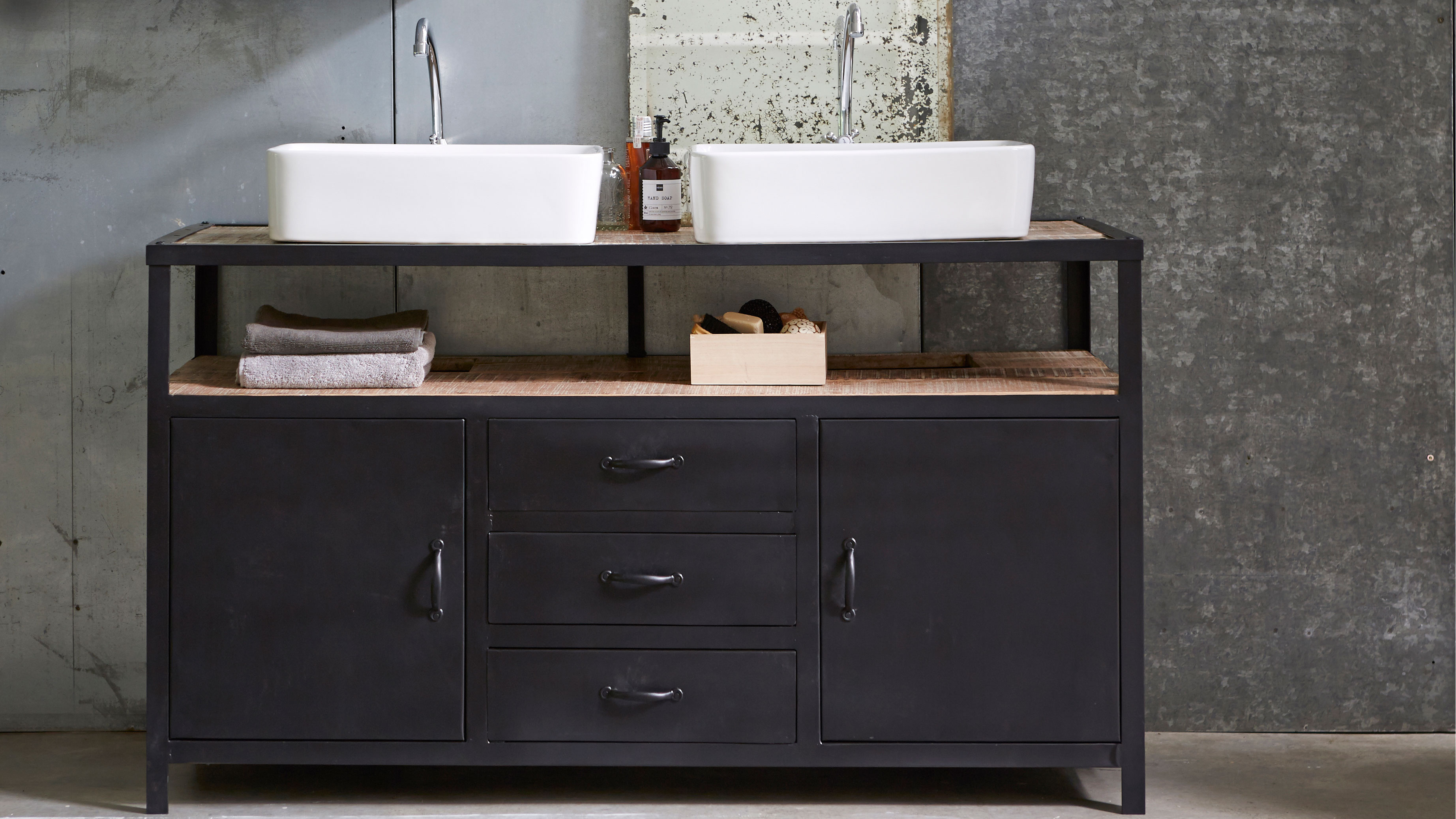 Another advantage of a
vanity unit
is that it comes in a range of designs and styles, allowing you to customize it according to your preferences and the overall design of your bathroom. You can choose from different materials, such as wood, marble, or glass, and various finishes, such as matte or glossy. You can also select the size and layout of the unit, depending on the available space in your bathroom.
Another advantage of a
vanity unit
is that it comes in a range of designs and styles, allowing you to customize it according to your preferences and the overall design of your bathroom. You can choose from different materials, such as wood, marble, or glass, and various finishes, such as matte or glossy. You can also select the size and layout of the unit, depending on the available space in your bathroom.
Increased Property Value
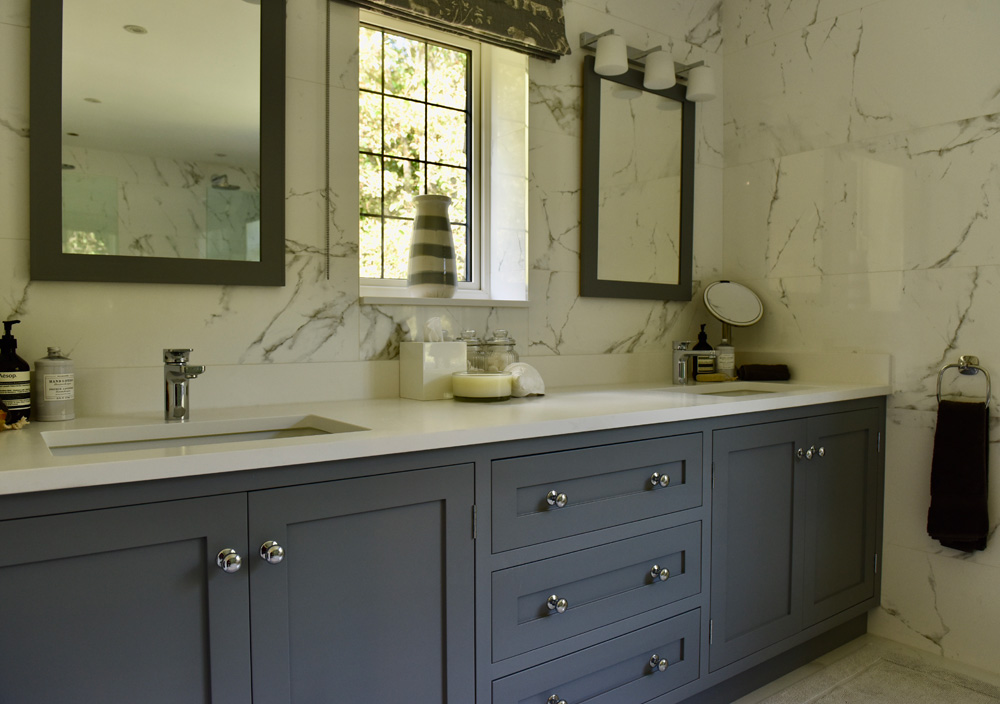 Investing in a
vanity unit
for your bathroom can also add value to your property. A well-designed and functional bathroom is a selling point for potential buyers, and a vanity unit can significantly enhance the overall appeal of your bathroom. It not only adds to the aesthetics but also adds to the functionality and convenience of the space, making it an attractive feature for potential buyers.
Investing in a
vanity unit
for your bathroom can also add value to your property. A well-designed and functional bathroom is a selling point for potential buyers, and a vanity unit can significantly enhance the overall appeal of your bathroom. It not only adds to the aesthetics but also adds to the functionality and convenience of the space, making it an attractive feature for potential buyers.
Easy Installation
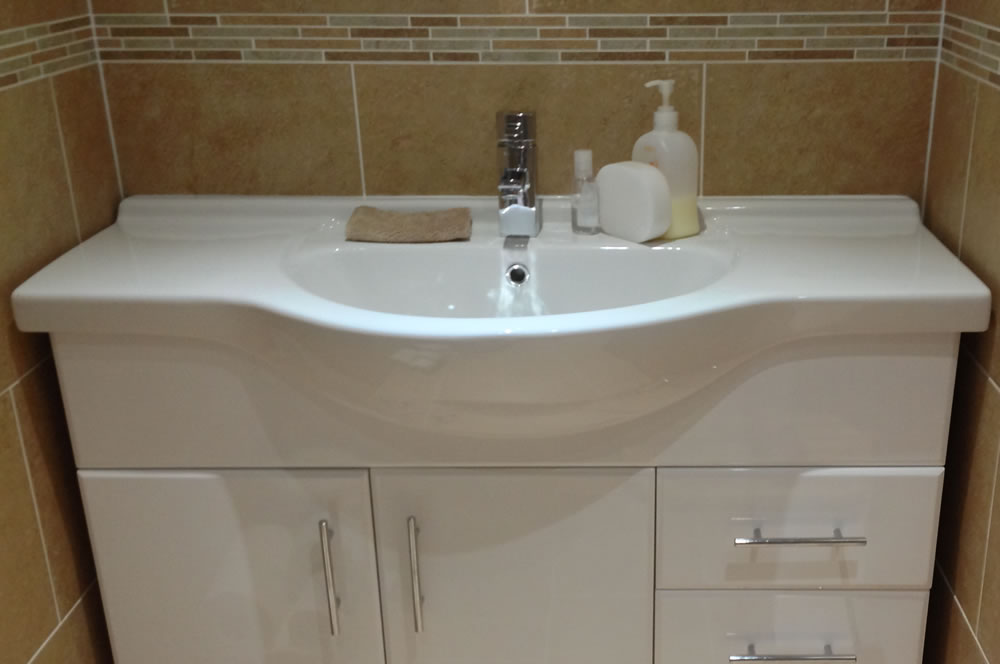 Installing a
vanity unit
in your bathroom is a relatively straightforward process, making it a convenient option for any homeowner. With the help of a professional plumber, the vanity unit can be installed in a matter of hours, without causing any damage to your bathroom walls or flooring. This means you can enjoy the benefits of a vanity unit without any hassle or inconvenience.
In conclusion, a vanity unit is an essential addition to any bathroom. It offers a range of benefits, such as maximizing space, providing storage, customizable design options, and increasing property value. With its easy installation process, it is a convenient and practical choice for any homeowner looking to enhance their bathroom's functionality and style. So why wait? Invest in a vanity unit today and transform your bathroom into a stylish and functional space.
Installing a
vanity unit
in your bathroom is a relatively straightforward process, making it a convenient option for any homeowner. With the help of a professional plumber, the vanity unit can be installed in a matter of hours, without causing any damage to your bathroom walls or flooring. This means you can enjoy the benefits of a vanity unit without any hassle or inconvenience.
In conclusion, a vanity unit is an essential addition to any bathroom. It offers a range of benefits, such as maximizing space, providing storage, customizable design options, and increasing property value. With its easy installation process, it is a convenient and practical choice for any homeowner looking to enhance their bathroom's functionality and style. So why wait? Invest in a vanity unit today and transform your bathroom into a stylish and functional space.





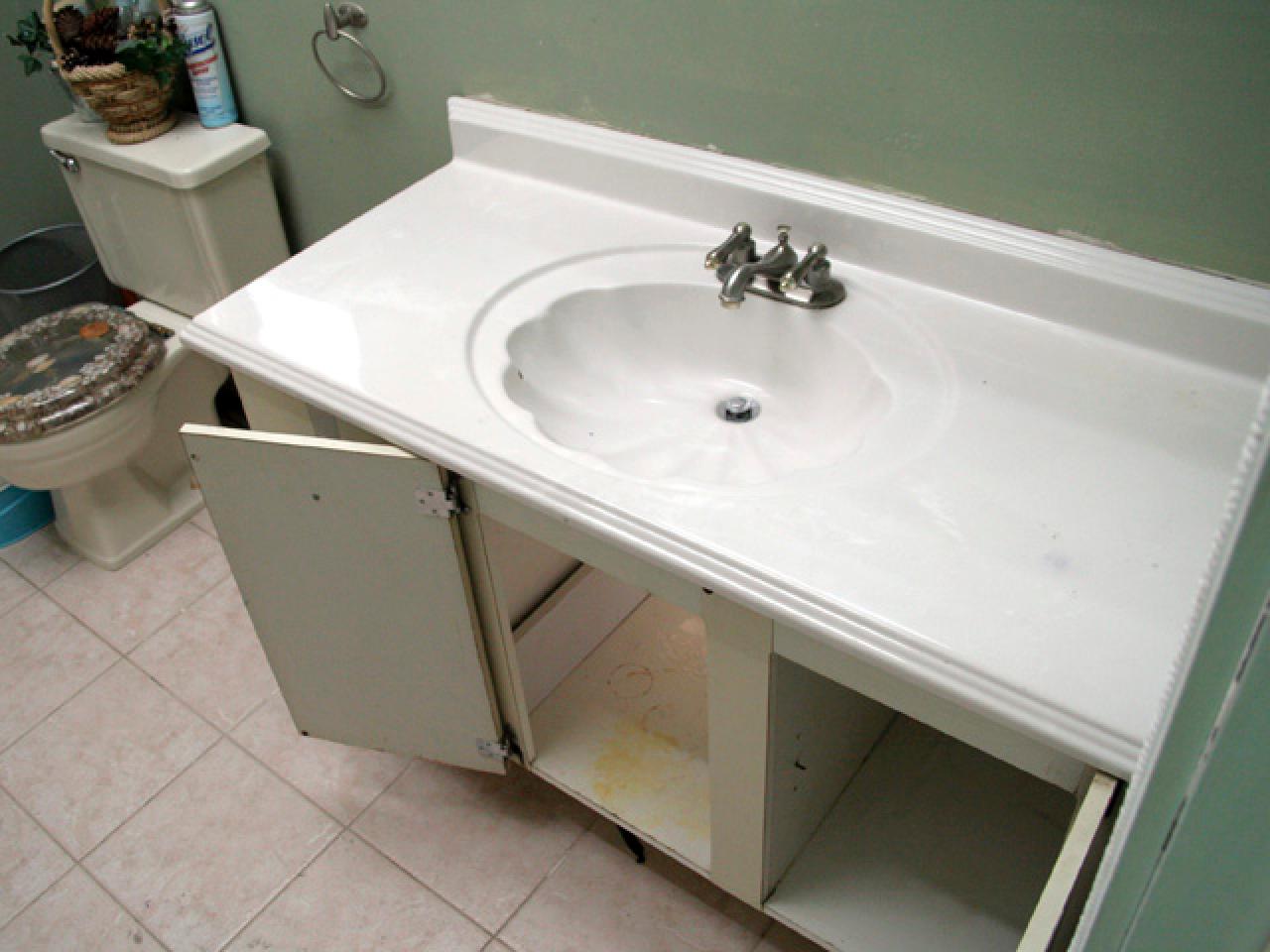
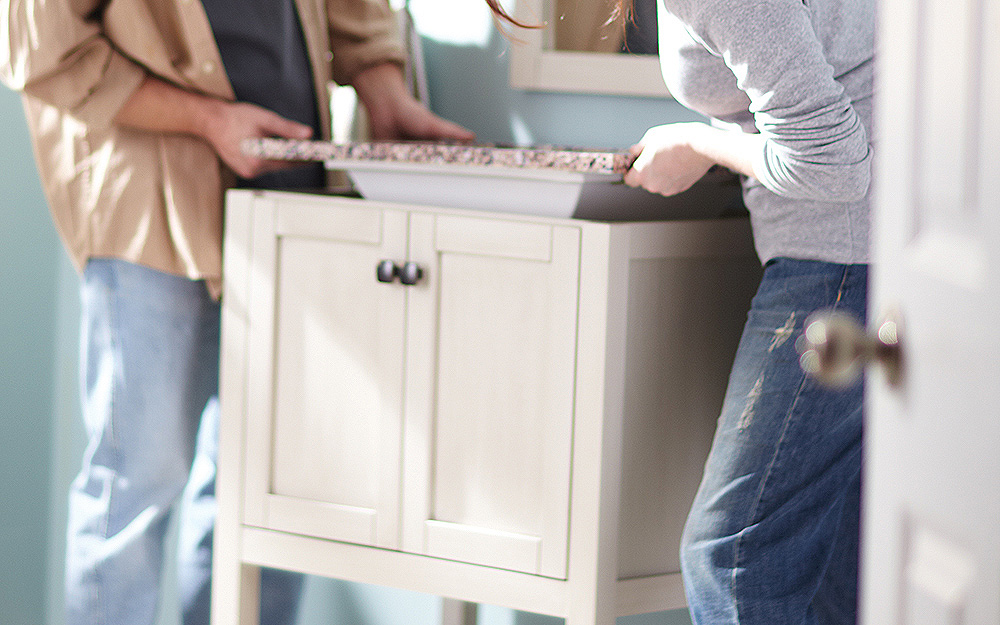
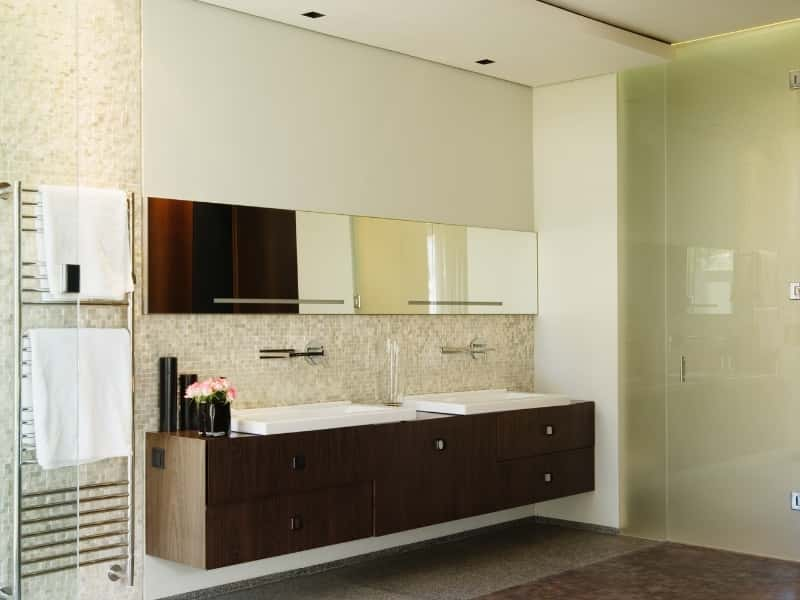




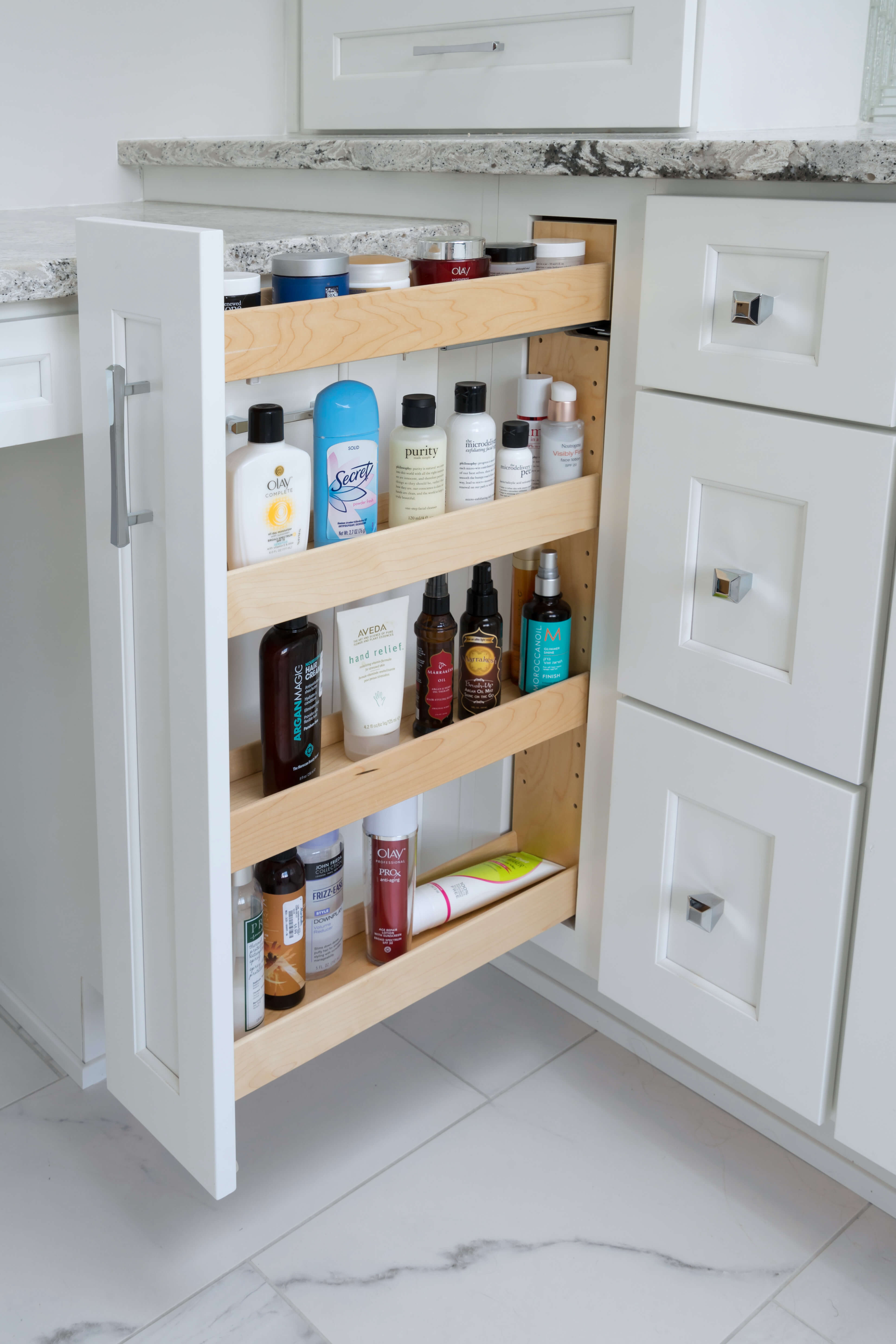
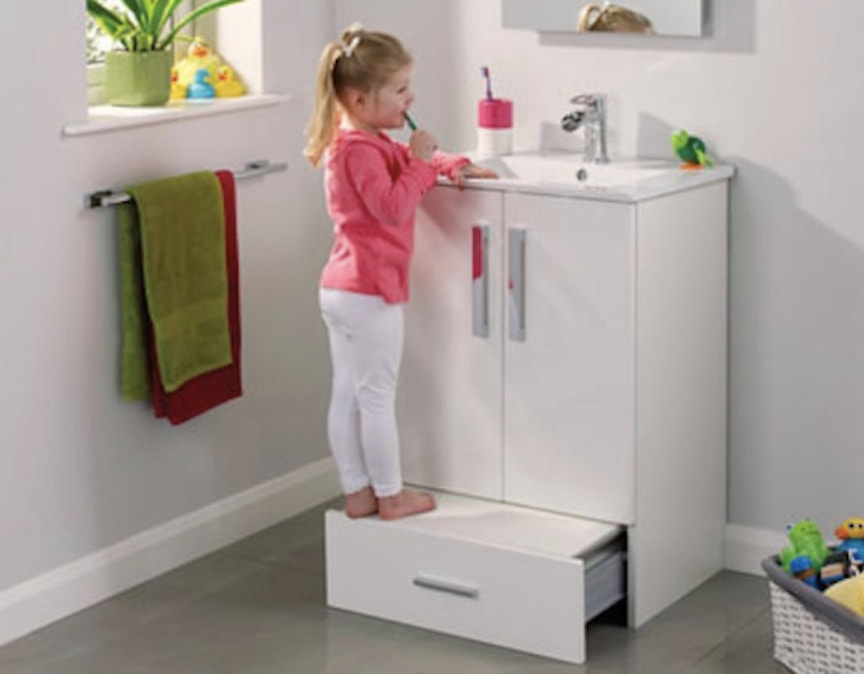


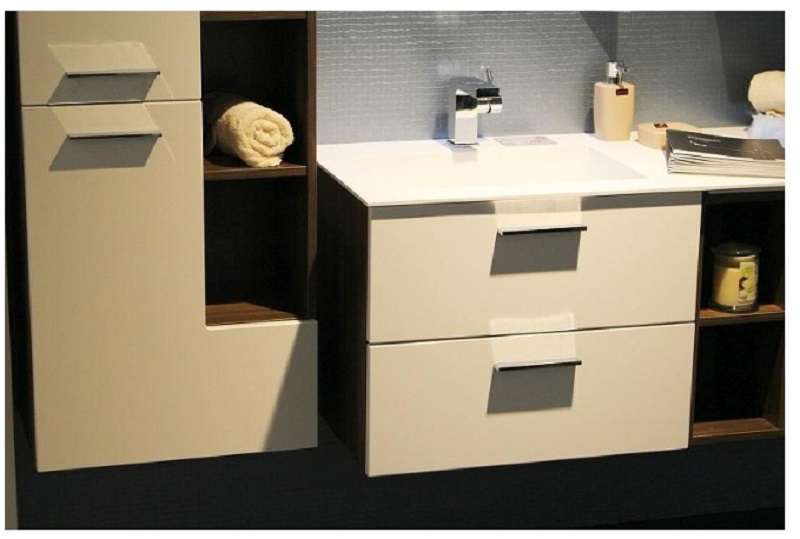

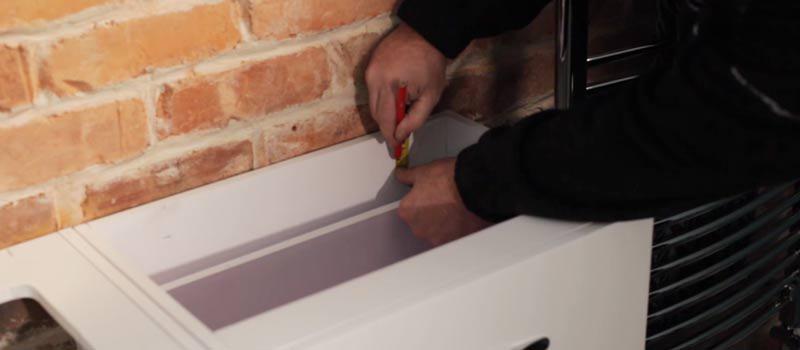







:max_bytes(150000):strip_icc()/build-something-diy-vanity-594402125f9b58d58ae21158.jpg)

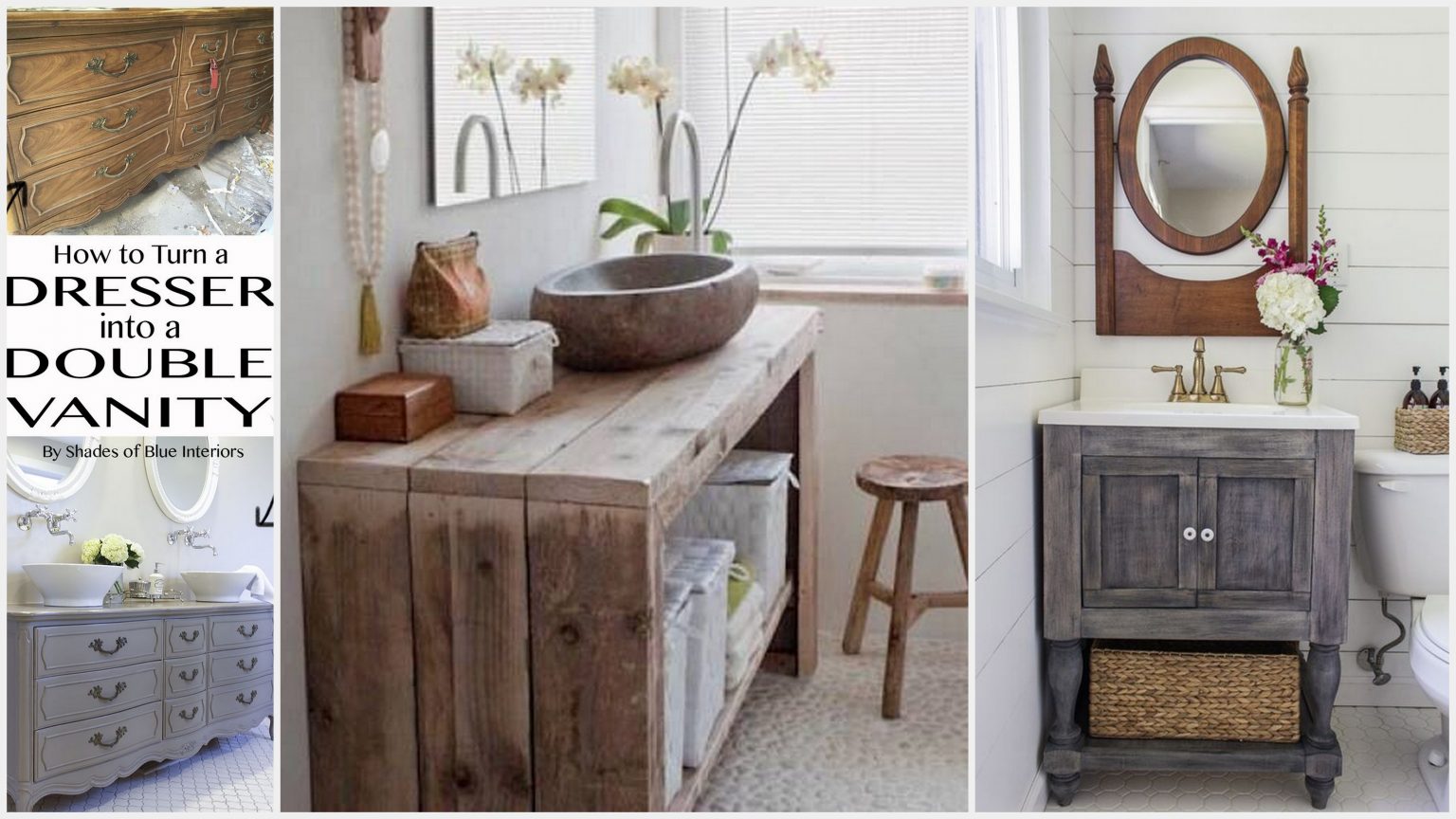

/cherry-diy-bathroom-vanity-594414da5f9b58d58a099a36.jpg)
